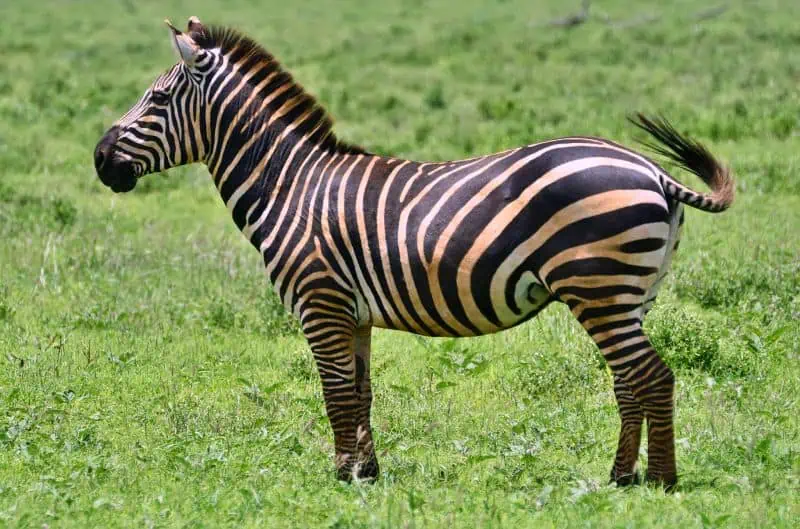Vervet Monkey

Scientific name:
Chlorocebus pygerethrusSize:
Up to 60 cm
IUCN Status:
Least Concern
Weight:
Up to 8 kg
Share this page
Endangered species
Vervet Monkey
Plains zebra
Malachite kingfisher
Nile crocodile
Goliath Frog
Range
Vervet monkeys are found across eastern and southern Africa, from South Africa to Kenya and Somalia. They inhabit various environments, including mountainous areas, savannas, mangroves, and fragmented habitats. They occasionally live near human settlements.
Diet
Primarily frugivorous, vervet monkeys consume fruits, seeds, and leaves. They occasionally raid crops and also eat insects and small vertebrates, including termites, grasshoppers, lizards, frogs, bird chicks, and eggs.
Description
Vervet monkeys are easily identified by their distinct color patterns. Adults have dark faces surrounded by white fur, with grey backs. The male’s scrotum and genitalia are turquoise blue, contrasting with red reproductive organs, which inspired their Latin name Chlorocebus pygerethrus, meaning “blue monkey with red penis.” They are also known as “French monkeys” due to the blue, white, and red color patterns resembling the French flag.
Threats to survival
Vervet monkeys are highly social and intelligent, living in groups where males tend to immigrate. Their dominance hierarchy differs by sex, with males gaining dominance with age and strength, while females gain power through experience as breeders and mothers. They often form close bonds with kin, and mothers may temporarily delegate care of newborns to other females or older daughters. Despite their social nature, vervet monkeys are known for aggression, particularly between individuals of the same sex, although these incidents are rarely severe. They also exhibit spiteful behaviors, such as destroying food rather than consuming it, possibly to compete for social status.
Conservation efforts
Vervet monkeys are preyed upon by various predators, including crocodiles, pythons, birds of prey, baboons, jackals, and big cats. They use scouts to watch for potential threats and have up to 30 distinct alarm calls to warn of dangers, including calls for specific predators like leopards, eagles, and snakes. Some calls are believed to describe humans.




